Thomas Jefferson
April 13, 1743 – July 4, 1826
A Historical website for American History
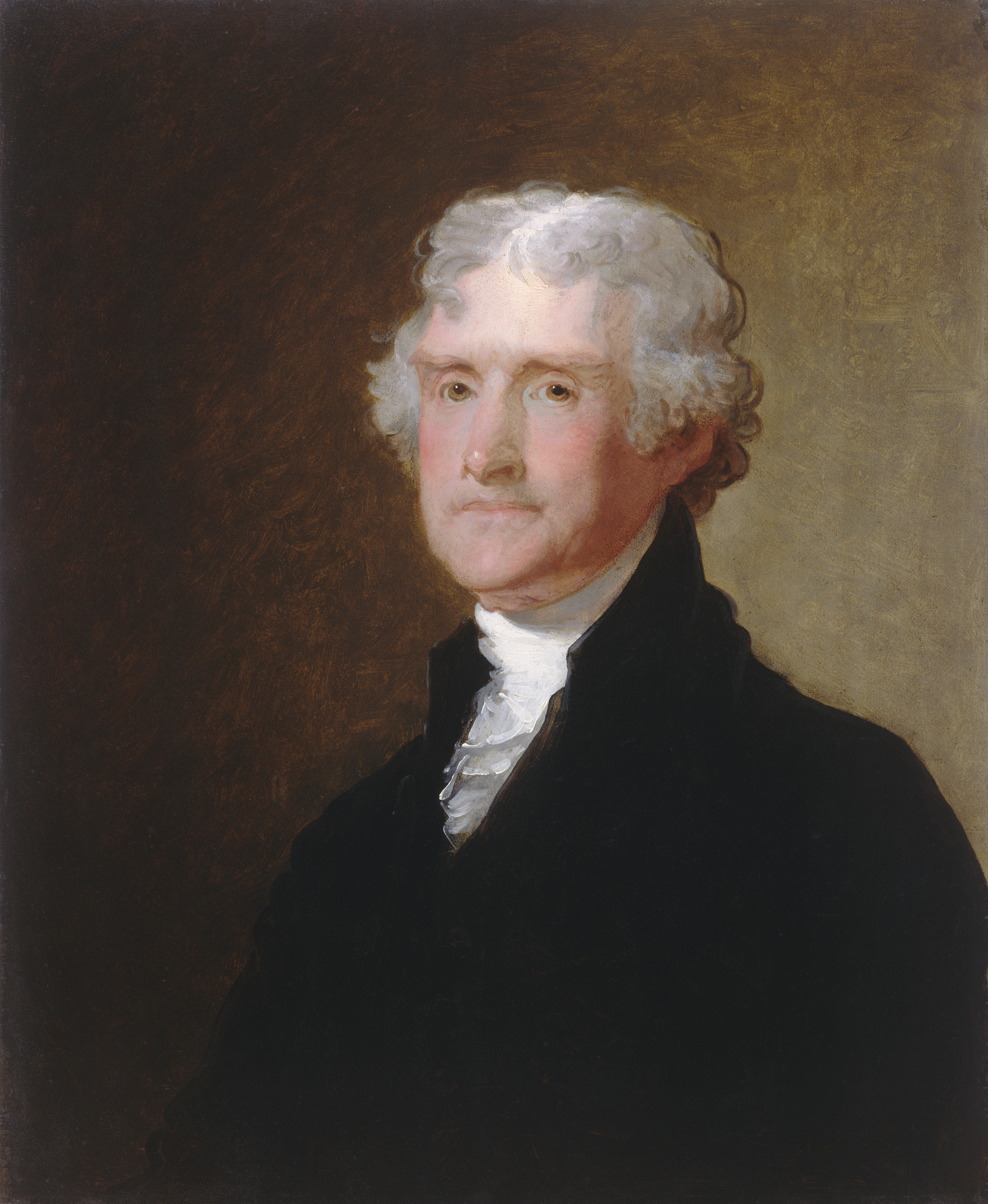
April 13, 1743 – July 4, 1826
Thomas Jefferson (1743-1826), creator of the Declaration of Independence and the third U.S. president, was a main figure in America's initial turn of events. During the American Revolutionary War (1775-83), Jefferson served in the Virginia council and the Continental Congress and was legislative leader of Virginia. He later filled in as U.S. clergyman to France and U.S. secretary of state and was VP under John Adams (1735-1826).
Jefferson, a Democratic-Republican who figured the public government ought to play a restricted part in residents' lives, was chosen president in 1800. During his two terms in office (1801-1809), the U.S. bought the Louisiana Territory and Lewis and Clark investigated the tremendous new procurement. Despite the fact that Jefferson advanced individual freedom, he additionally oppressed north of 600 individuals all through his life. In the wake of leaving office, he resigned to his Virginia manor, Monticello, and helped tracked down the University of Virginia.
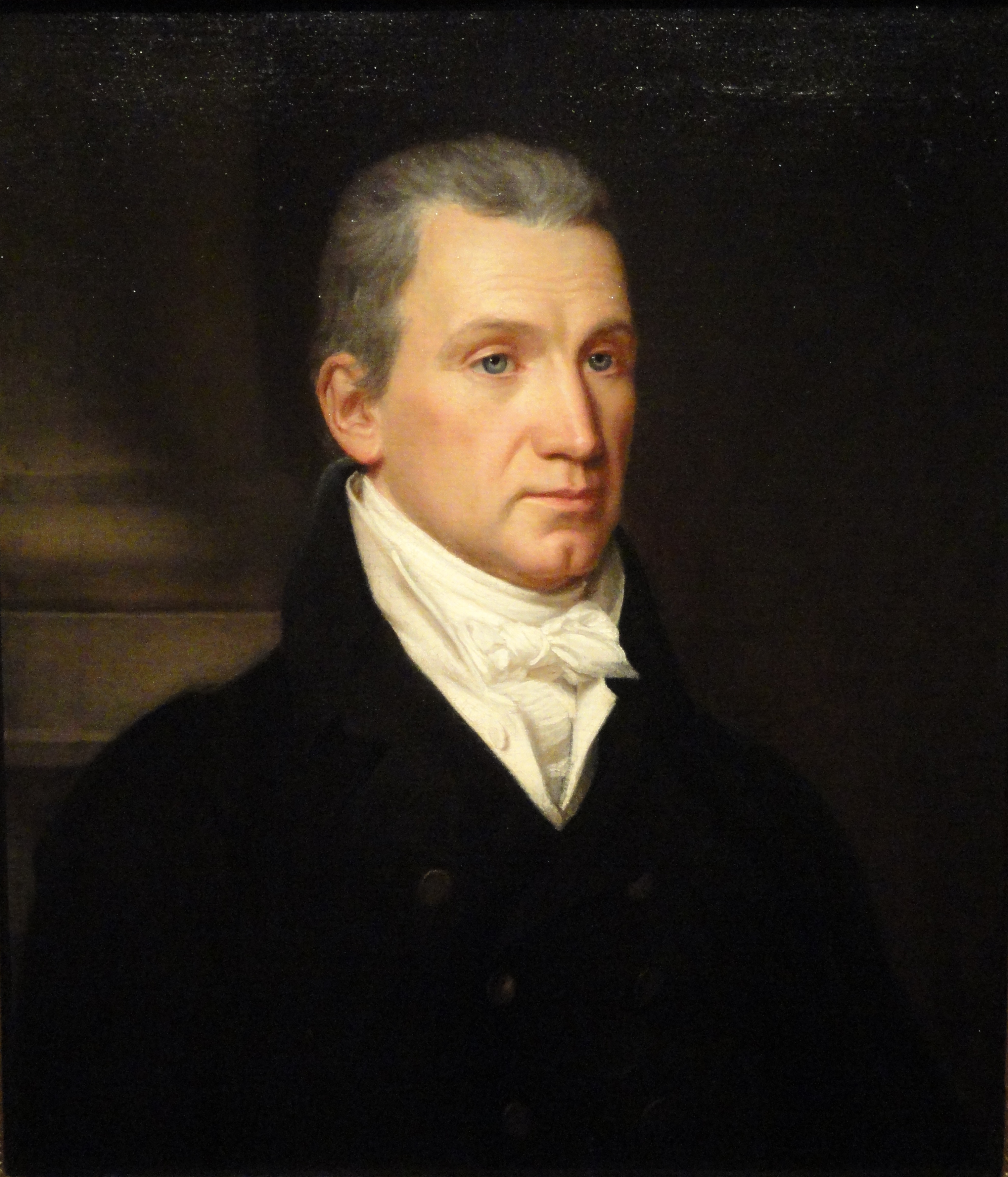
April 28, 1758 - July 4, 1831
James Monroe, the fifth U.S. president, directed the significant toward the west extension of the U.S. what's more, reinforced American international strategy in 1823 with the Monroe Doctrine, an admonition to European nations against additional colonization and mediation in the Western Hemisphere.
Monroe, a Virginia local, battled with the Continental Army in the American Revolutionary War (1775-83) then, at that point, set out on a long political vocation. A protégé of Thomas Jefferson (1743-1826), Monroe was an agent to the Continental Congress and filled in as a U.S. representative, legislative head of Virginia and pastor to France and Great Britain. In 1803, he arranged the Louisiana Purchase, which multiplied the size of the U.S. As president, he gained Florida, and furthermore managed the quarrelsome issue of subjection in new states getting the Union together with the 1820 Missouri Compromise.
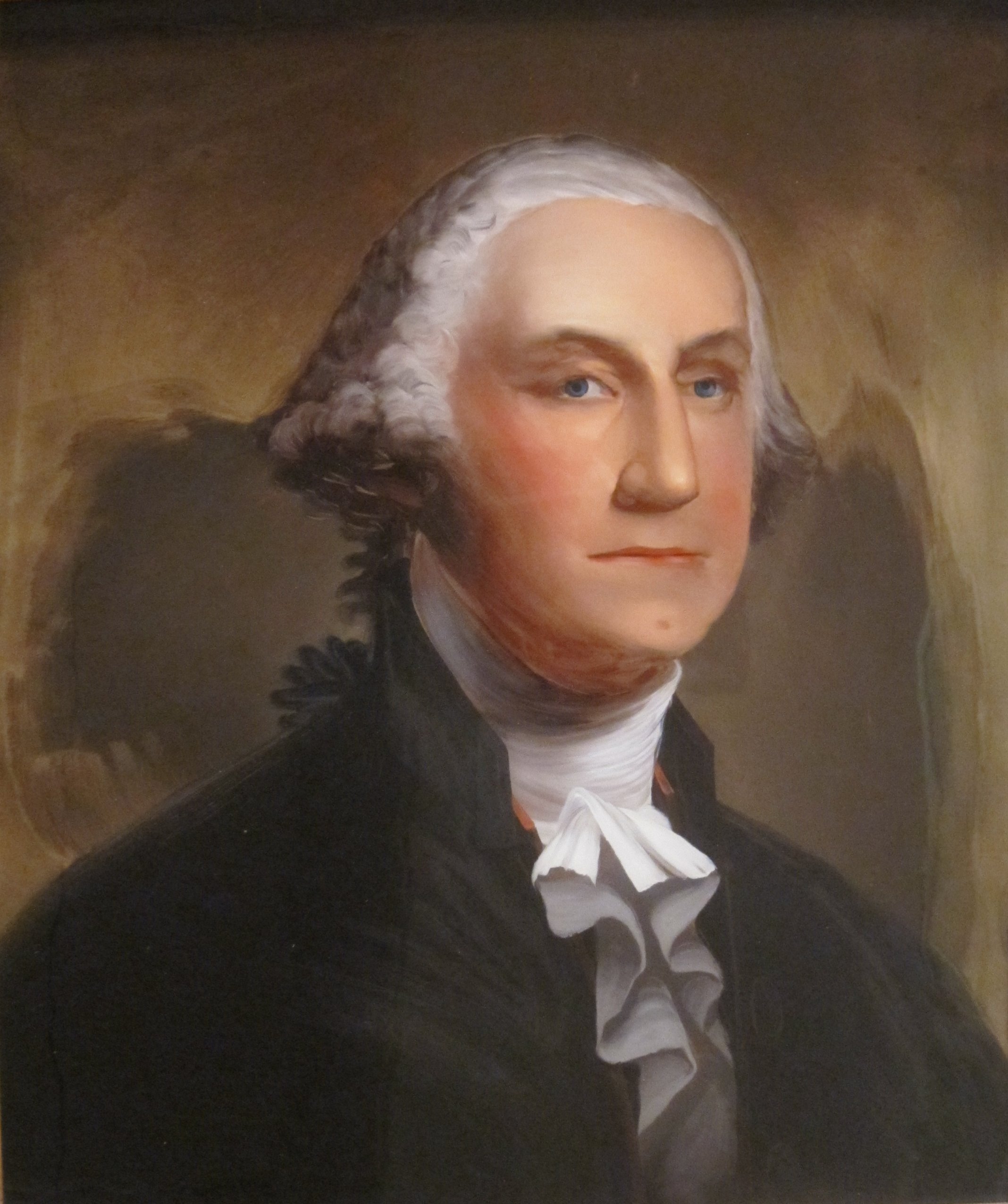
February 22, 1732 - December 14, 1799
George Washington was president of the Continental Army during the American Revolutionary War and served two terms as the primary U.S. president, from 1789 to 1797. The child of a prosperous grower, Washington was brought up in provincial Virginia. As a youngster, he filled in as an assessor then battled in the French and Indian War (1754-63).
During the American Revolution, he drove the provincial powers to triumph over the British and turned into a public legend. In 1787, he was chosen leader of the show that composed the U.S. Constitution. After two years, Washington turned into America's most memorable president. Understanding that the manner in which he took care of the gig would affect how future presidents moved toward the position, he gave over a tradition of solidarity, uprightness and public reason. Under three years in the wake of leaving office, he passed on at his Virginia estate, Mount Vernon, at age 67.
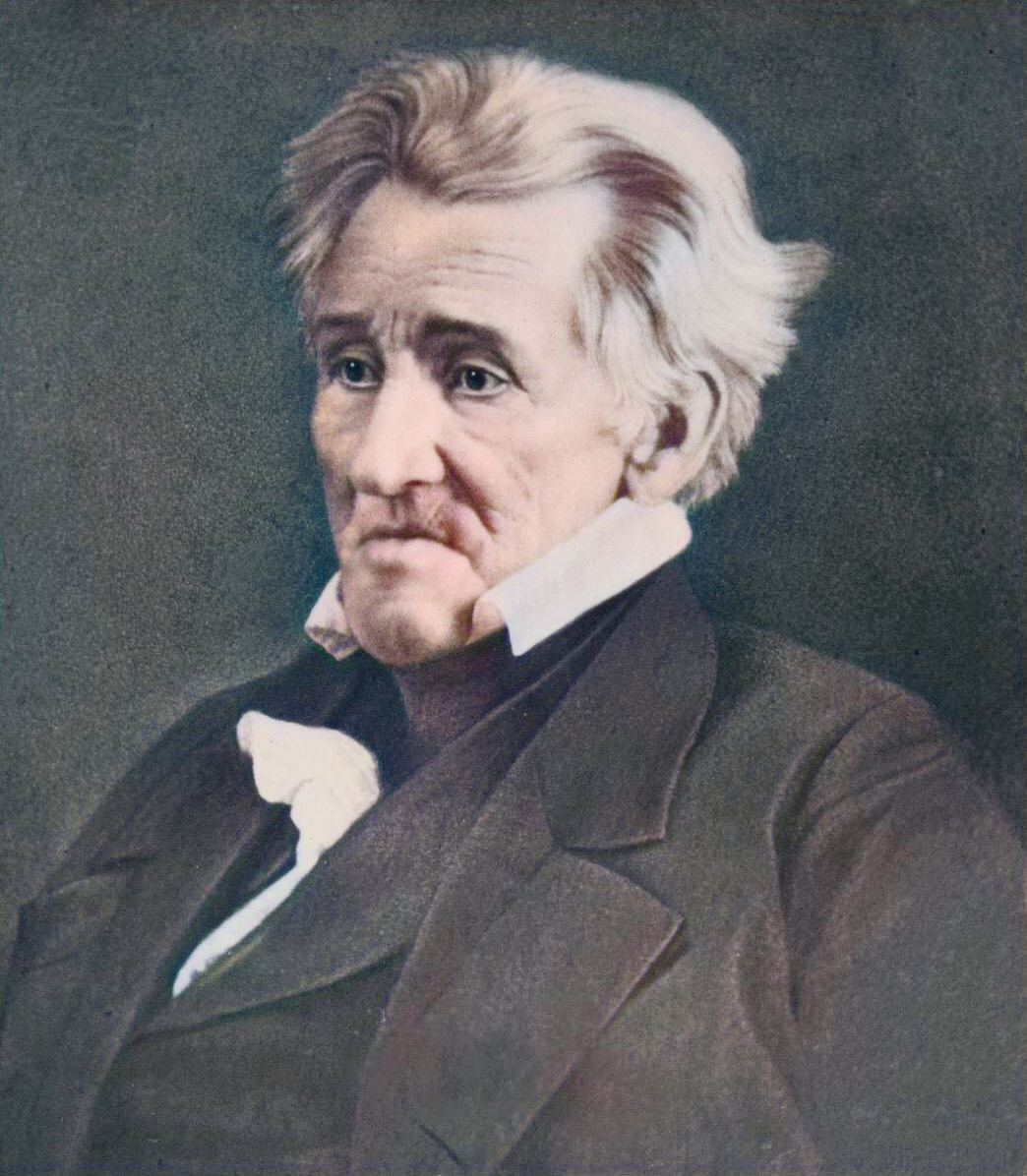
March 15, 1767 - June 8, 1845
Brought into the world in destitution, Andrew Jackson (1767-1845) had turned into a well off Tennessee legal counselor and rising youthful government official by 1812, when war broke out between the United States and Britain. His authority in that contention acquired Jackson public popularity as a tactical legend, and he would turn into America's generally powerful and polarizing-political figure during the 1820s and 1830s.
After barely losing to John Quincy Adams in the combative 1824 official political decision, Jackson returned four years after the fact to win reclamation, sufficiently crushing Adams and turning into the country's seventh president (1829-1837). As America's ideological group framework created, Jackson turned into the head of the new Democratic Party. An ally of states' privileges and bondage's augmentation into the new western regions, he went against the Whig Party and Congress on polarizing issues like the Bank of the United States (however Andrew Jackson's face is on the twenty-dollar greenback). As far as some might be concerned, his inheritance is discolored by his part in the constrained movement of Native American clans living east of the Mississippi.
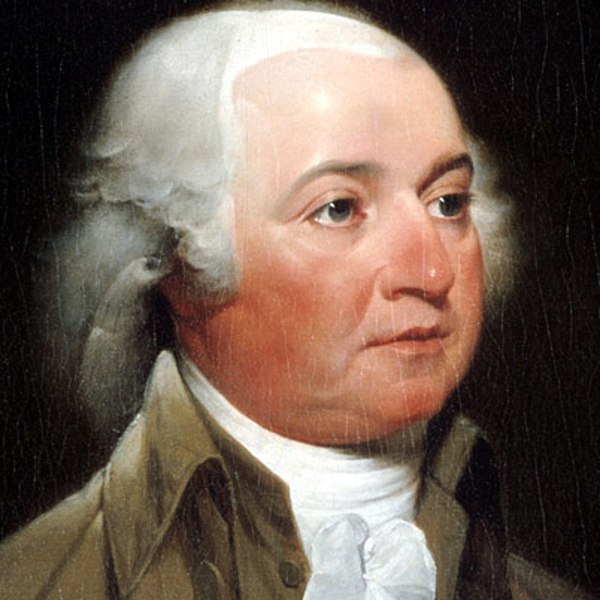
October 30, 1735 - july 4, 1826
John Adams was a head of the American Revolution and filled in as the second U.S. president from 1797 to 1801. The Massachusetts-conceived, Harvard-instructed Adams started his profession as a legal counselor. Savvy, devoted, obstinate and dull, Adams turned into a pundit of Great Britain's clout in frontier America and saw the British burden of high duties and taxes as an instrument of mistreatment.
During the 1770s, he was an agent to the Continental Congress. During the 1780s, Adams filled in as an ambassador in Europe and arranged the Treaty of Paris (1783), which authoritatively finished the American Revolutionary War (1775-83). From 1789 to 1797, Adams was America's most memorable VP. He then, at that point, served a term as the country's subsequent president. He was crushed for one more term by Thomas Jefferson (1743-1826). His letters to his better half, Abigail Adams, left behind a striking picture of his time among the Founding Fathers.
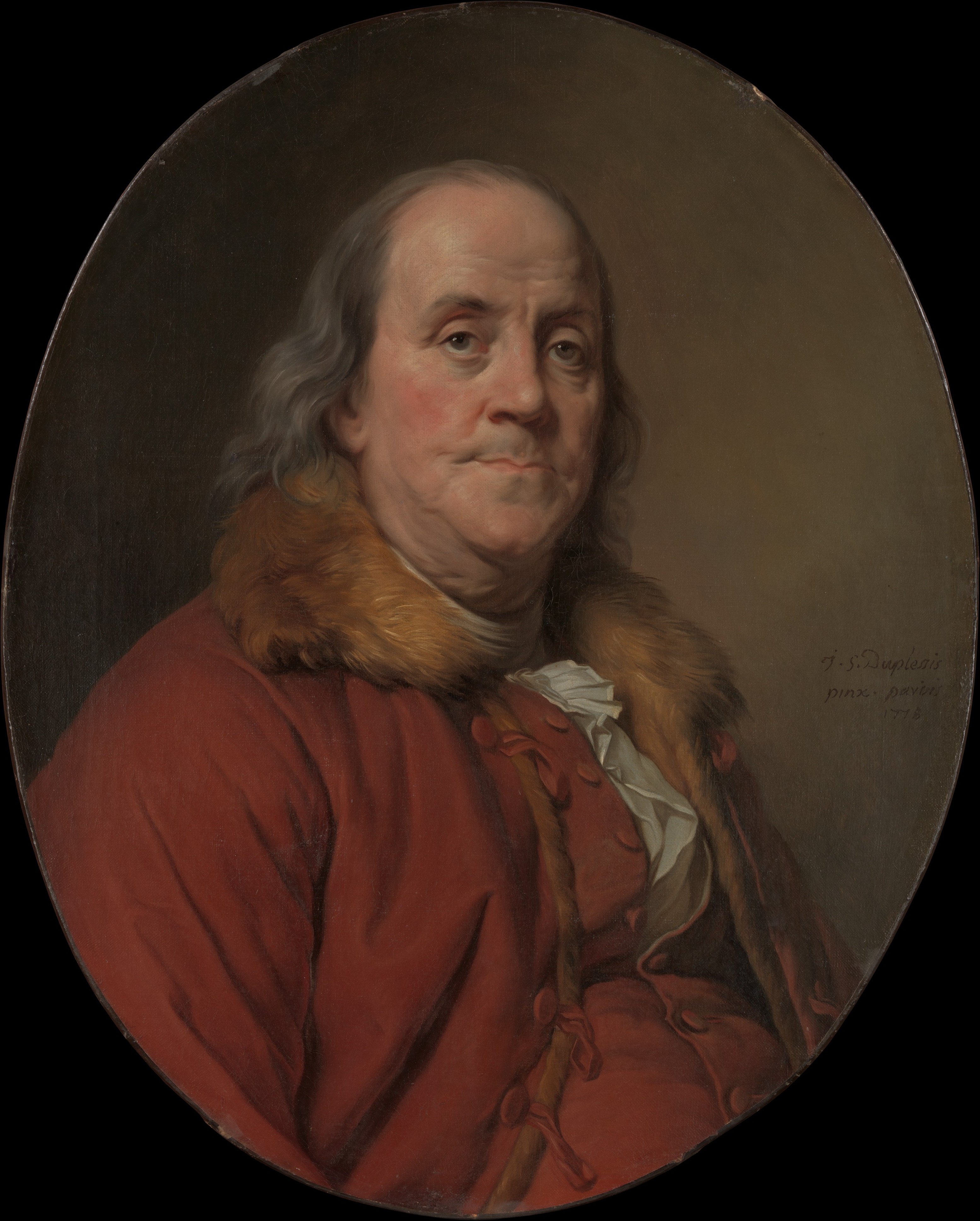
January 17, 1706 - April 17, 1790
One of the main figures of early American history, Benjamin Franklin was a legislator, creator, distributer, researcher, innovator and ambassador. Naturally introduced to a Boston group of unassuming means, Franklin had minimal conventional training. He proceeded to begin an effective printing business in Philadelphia and became rich. Franklin was profoundly dynamic in open issues in his embraced city, where he helped send off a loaning library, medical clinic and school and earned recognition for his examinations with power, among different activities. During the American Revolution, he served in the Second Continental Congress and aided draft the Declaration of Independence in 1776. He likewise arranged the 1783 Treaty of Paris that finished the Revolutionary War. In 1787, in his last huge demonstration of public assistance, he was a representative to the show that created the U.S. Constitution.
In 1754, at a gathering of pilgrim delegates in Albany, New York, Franklin proposed an arrangement for joining the settlements under a public congress. In spite of the fact that his Albany Plan was dismissed, it helped lay the basis for the Articles of Confederation, which turned into the primary constitution of the United States when confirmed in 1781.
In 1757, Franklin went to London as a delegate of the Pennsylvania Assembly, to which he was chosen in 1751. More than quite a long while, he attempted to resolve an expense question and different issues including relatives of William Penn (1644-1718), the proprietors of the state of Pennsylvania. After a short period back in the U.S., Franklin lived basically in London until 1775. While he was abroad, the British government started, during the 1760s, to force a progression of administrative measures to attest more prominent command over its American states. In 1766, Franklin affirmed in the British Parliament against the Stamp Act of 1765, which expected that every single authoritative report, papers, books, playing a game of cards and other written words in the American states convey a duty stamp. Albeit the Stamp Act was canceled in 1766, extra administrative measures followed, prompting consistently expanding hostile to British feeling and possible furnished uprising in the American provinces.